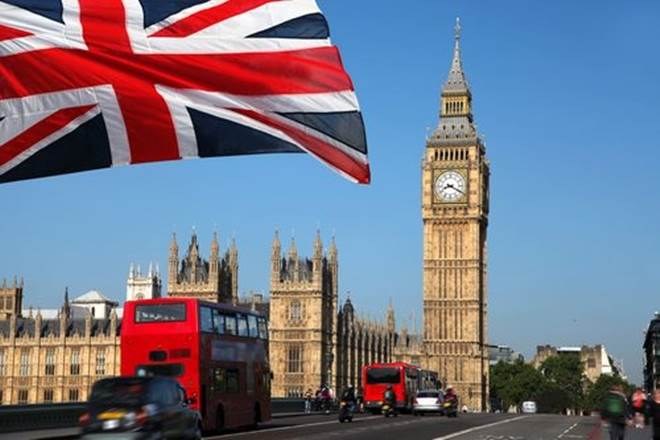UK REGULATORY FRAMEWORK
On January 31st, 2020, the United Kingdom left the European Union with a deal (Withdrawal Agreement (WA)). Until 31 of December 2020 (end of the called ‘transition period’), although the UK is officially not part of the EU, EU laws and regulations will still be applicable. After the transition period, prior EU regulations will only continue to apply in domestic law, according to the EU Withdrawal Act 2018 (if not modified or revoked under that Act). The EU Withdrawal Act provides for EU law to be retained in the UK after Brexit, by transposing it into UK law.
On July 3rd, the UK government has released the last version of the Statutory Instrument (SI) Product Safety and Metrology EU Exit Regulations, including the UK Cosmetic Regulation within Schedule 34.
This SI was issued with the aim of having a regulatory scheme for non-food goods in the UK. The UK Government Department Office for Product Safety and Standards (OPPS) stated that this SI will come into force on 1st January 2021.
UK COSMETIC REGULATION WITHIN SCHEDULE 34
Schedule 34 is an Amendment of Regulation (EC) No 1223/2009 and related amendments.
Here are some examples of modifications made to the EU Cosmetic Regulation, in order to transposing it into UK regulation:
- The Responsible Person (RP) for the cosmetic product placed in the market must be established in the UK. The RP must submit a list of mandatory information (described in Schedule 34) to the Secretary of State, before placing a cosmetic product on the market.
- Every reference to “Member State” or “EU” was substituted by a proper replacement, depending on the context.
- Finished cosmetic products, formulations, ingredients or combination of ingredients that have been subjected to animal testing cannot be placed on the market, as well as no animal testing may take place in the UK.
- The Secretary of State “has the responsibility to “establish and operate a database containing information relating to cosmetic products which have been made available on the market”.
- Serious undesirable effects must be communicated to the Secretary of State.
References:
- The Product Safety and Metrology etc. (Amendment etc.) (EU Exit) Regulations 2019, Schedule 34 – Amendment of Regulation (EC) No 1223/2009 and related amendments. Available at: https://www.legislation.gov.uk/uksi/2019/696/schedule/34/made
- Regulation (EC) No 1223/2009 of the European Parliament and of the Council of 30 November 2009 on cosmetic products.
- European Union (Withdrawal) Act 2018. Available at: https://www.legislation.gov.uk/ukpga/2018/16/contents/enacted
- Agreement on the withdrawal of the United Kingdom of Great Britain and Northern Ireland from the European Union and the European Atomic Energy Community, 19 October 2019. Available at: https://assets.publishing.service.gov.uk/government/uploads/system/uploads/attachment_data/file/840655/Agreement_on_the_withdrawal_of_the_United_Kingdom_of_Great_Britain_and_Northern_Ireland_from_the_European_Union_and_the_European_Atomic_Energy_Community.pdf














